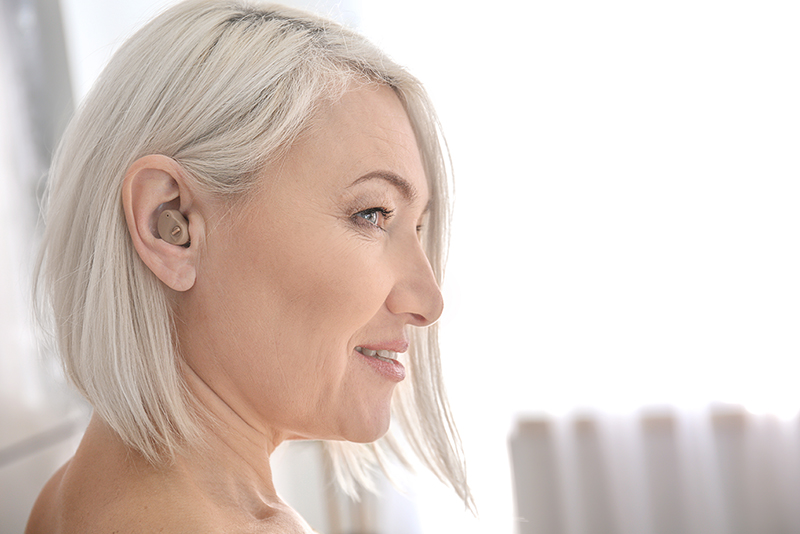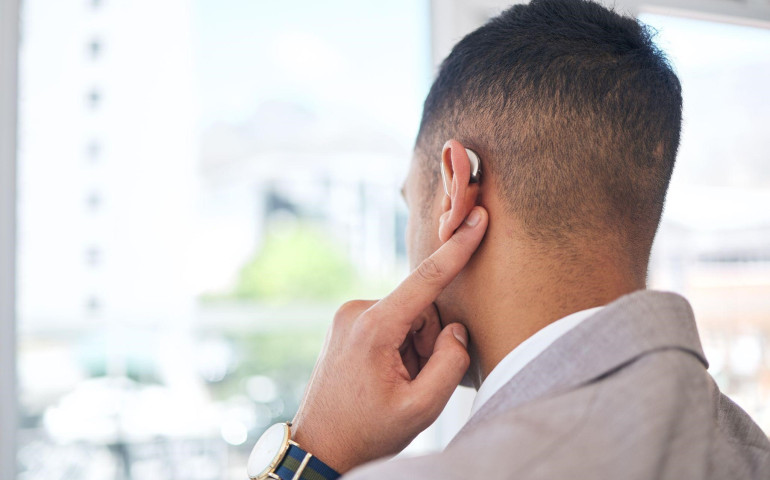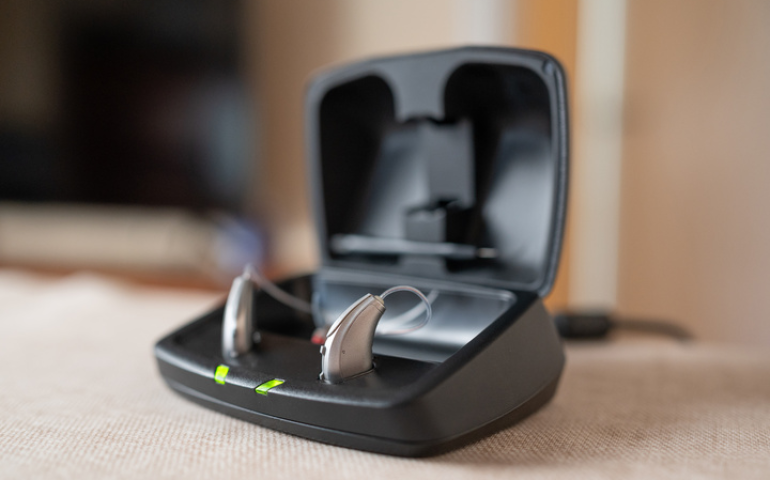Who Invented Hearing Aids?
Hearing loss is nothing new, but it was once misunderstood and assumed to be some type of disability. Today, much more is known about hearing impairment. What's more, the hearing aids now used to improve daily quality of life, like the top-quality ones available from Beltone Skoric Hearing Aid Center, include many features that accommodate different sound environments and lifestyles. Today, though, we're going to focus on the history of hearing aids and some important milestones.
The Ear Trumpet
The first "hearing aid" was known as the ear trumpet, which debuted in the 1600s. This tubular or funnel-shaped device took advantage of its shape to naturally amplify sound, much like what happens if you cup your hand around your ear to hear somebody trying to speak to you from a distance.
A collapsible ear trumpet was invented in the 1700s. However, the first commercial ear trumpet designed to help people with hearing loss didn't come along until 1800. Frederick C. Rein invented an ear trumpet that was more visually appealing and a bit more discrete. Some later ear trumpets could even be concealed in the wearer's hair.
Telephone Technology and the First Electronic Hearing Aid
Alexander Graham Bell, who incidentally had a deaf wife and mother, invented the telephone in 1876. The inner workings of this electronic sound amplification system inspired the first electronic hearing aid, which Miller Reese Hutchison invented in 1898. It was able to amplify weak signals with the use of an electric current.
The 20th Century and Beyond
In 1913, commercially manufactured hearing aids were mass-produced for the first time. However, they weren't very comfortable for wearers with hearing loss. Vacuum-tube hearing aids were invented in the 1920s. Yes, they were a bit more portable, but these devices weren't exactly all that discrete. The tubes converted sound into electronic signals that were amplified.
Following World War II, transistors were invented and soon used in hearing aids instead of vacuum tubes. This made hearing enhancement devices smaller and reduced distortion. By the time we boogied into the 1970s, hearing aids were beginning to get digital to some extent. This happened thanks to the invention of the microprocessor and the use of multi-channel amplitude compression.
Hearing aids continued to evolve in the 1980s. However, completely digital hearing aids didn't come along until the 1990s. Today, in the 21st century, individuals with hearing loss have a wide range of choices with even more appealing features and capabilities. Some of these include:
- Ear-to-ear synchronization
- Wireless device connectivity
- Background noise reduction
- Automatic volume adjustment
- Feedback cancellation
Contact Us Today
If you're one of nearly 50 million Americans living with some degree of hearing loss, Beltone Skoric Hearing Aid Center is here to help. Our specialists will get you started with an initial evaluation and consultation. If it's determined you'll likely benefit from one or two hearing aids, we'll help you make a confident, well-informed decision about the hearing enhancement solution that's suitable for you. Contact us today to schedule an appointment to get started.
References:
https://decibelhearing.com/history-hearing-aids/
https://www.hearingloss.org/wp-content/uploads/HLAA_HearingLoss_Facts_Statistics.pdf?pdf=FactStats
https://www.cbc.ca/news/canada/london/silence-grand-theatre-london-1.4490978






